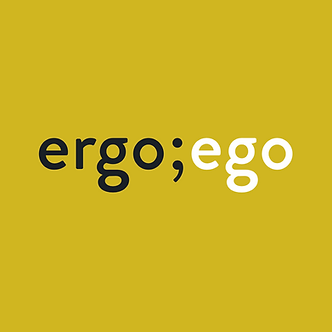Introduction
In the realm of a million-dollar company, focusing on human resources is crucial for growth, especially in volatile times. In today’s blog post, we delve into an engaging conversation between our host and HR industry expert, Svetlana Bielushkina, where they discuss HR, storytelling in leadership, and adapting to change in professional landscapes.
Svitlana’s Insight into Zalando and Its Challenges
Svitlana is a seasoned international HR professional, known for her business-driven approach. She wears many hats, including being an HR director at Zalando, a leading tech company, and being a business partner for multiple teams. In her conversation with us, Svetlana gave an insight into the array of challenges Zalando’s employees confront due to the company’s rapid growth – these include change, speed, and uncertainty.
Moreover, the fashion industry is going through a phase of increased scrutiny as sustainable practices become more imperative than ever before. But Zalando is combating this by taking inequality and sustainability seriously, striving to make the industry healthier, thereby presenting an exciting environment to work in.
How to Overcome Challenges – Embracing the Storytelling Approach
Our conversation moved into the realm of organizational culture. Svetlana insightfully argued that organizations should not be viewed as engines striving for perfect performance but as living organisms capable of unpredictability and change, brimming with various versions of truth.
This is where the power of storytelling becomes paramount. Every member of an organization has their perspective or ‘story,’ and fostering humanity in organizations is all about aligning these stories. Storytelling, in this scenario, is underestimated but can indeed be the missing piece in creating a more harmonious, efficient, and enjoyable work environment.
The Role of Victim Story, Overcomer Story, and Great Story
Our discussion led us into deeper waters – the importance of acknowledging the three types of significant stories prevalent in our work culture: The Victim Story, The Overcomer Story, and The Great Story.
The Victim Story represents people who externalize blame and do not take ownership. It is crucial to call out this mode and promote a sense of ownership among teams.
The Overcomer Story involves the mindset of ‘getting it done’ despite personal needs or balance. It’s imperative to balance the strengths of this mindset with self-awareness and encourage leaders and teams to slow down and recognize their humanity.
Lastly, the Great Story revolves around inspiring people while acknowledging that real challenges lie ahead. Such a story enables team members to relate, and it creates an environment where characters are listened to, thereby encouraging people to take an active role in shaping their organization’s narrative.
In Conclusion
Amid all uncertainty and rapid changes, understanding our employees and their stories becomes our most essential task. As leaders, acknowledging different narratives and using them to build a compassionate and productive work environment is our vital responsibility. By doing so, we not only empower our teams but also contribute significantly to the organization’s overall development.
Listen to the full episode below




